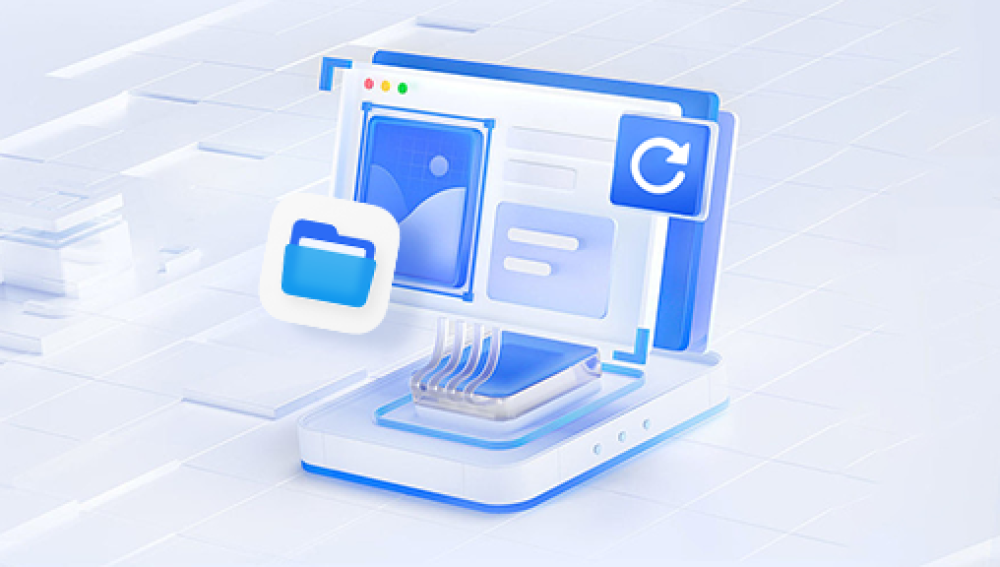Data backup and recovery are critical components of modern information management. As organizations and individuals increasingly rely on digital data for daily operations and decision making, the importance of protecting this data from loss, corruption, or unauthorized access has never been greater. This essay explores the multifaceted advantages of data backup and recovery, emphasizing their role in ensuring data integrity, minimizing downtime, enhancing security, and maintaining compliance with regulations.
1. Ensuring Data Integrity and Availability
1.1 Protection Against Data Loss
One of the primary advantages of data backup is the protection it offers against data loss. Data can be lost due to various reasons, including hardware failures, software corruption, human errors, or cyber-attacks. Regular backups ensure that, even if the original data is lost or compromised, a recent copy is available for restoration. This minimizes the impact of data loss incidents and ensures continuity of operations.

1.2 Safeguarding Against Human Error
Human error is a common cause of data loss, whether through accidental deletion, overwriting files, or misconfigurations. Data backup systems provide a safety net, allowing users to recover previous versions of files or entire datasets. This capability is crucial for maintaining the integrity of critical information and preventing disruptions caused by inadvertent mistakes.
2. Minimizing Downtime and Enhancing Business Continuity
2.1 Rapid Recovery from Disruptions
In the event of a data loss incident, the ability to quickly recover data is essential for minimizing downtime and maintaining business continuity. Effective data recovery solutions enable organizations to restore operations swiftly, reducing the financial and reputational impact of prolonged outages. This is particularly important for businesses that rely on real-time data access, such as e-commerce platforms, financial institutions, and healthcare providers.
2.2 Disaster Recovery Planning
A robust data backup strategy is a cornerstone of comprehensive disaster recovery planning. Disasters, whether natural (such as floods, earthquakes, or fires) or man-made (like cyber-attacks or infrastructure failures), can have catastrophic effects on an organization’s data assets. By implementing regular backups and offsite storage solutions, organizations can ensure that their data is protected and recoverable in the face of such events, thereby supporting a faster and more efficient recovery process.
3. Enhancing Data Security
3.1 Protection Against Cyber Threats
Cyber threats, including ransomware, malware, and phishing attacks, pose significant risks to data security. Ransomware, in particular, can encrypt critical data and demand ransom payments for its release. Having a reliable backup system in place allows organizations to restore their data without complying with ransom demands, thereby mitigating the financial and operational impact of such attacks. Additionally, backups provide a means of detecting and recovering from malicious activities that may go unnoticed for extended periods.
3.2 Secure Storage Solutions
Modern data backup solutions often incorporate advanced security features, such as encryption and access controls, to protect backed-up data from unauthorized access. Encryption ensures that data remains confidential and secure, even if backup media are lost or stolen. Access controls restrict backup and recovery operations to authorized personnel, reducing the risk of data breaches and ensuring that sensitive information remains protected.
4. Compliance with Legal and Regulatory Requirements
4.1 Meeting Industry Standards
Many industries are subject to stringent data protection regulations that mandate regular data backups and secure storage practices. For example, healthcare organizations must comply with the Health Insurance Portability and Accountability Act (HIPAA), while financial institutions are governed by regulations such as the Sarbanes-Oxley Act (SOX) and the Payment Card Industry Data Security Standard (PCI DSS). Implementing robust backup and recovery solutions helps organizations meet these regulatory requirements, avoiding penalties and ensuring legal compliance.
4.2 Ensuring Data Retention and Auditability
Regulatory requirements often include provisions for data retention and auditability, necessitating the preservation of historical data for specified periods. Backup systems facilitate compliance with these requirements by providing a mechanism for archiving and retrieving data as needed. This capability is particularly important for legal proceedings, audits, and investigations, where access to accurate and complete historical data is essential.
5. Facilitating Efficient Data Management
5.1 Streamlined Backup Processes
Advancements in backup technology, such as incremental and differential backups, have streamlined the data backup process, reducing the time and resources required to perform backups. Incremental backups, for example, only capture changes made since the last backup, minimizing the amount of data that needs to be copied and stored. This efficiency translates into lower storage costs and less impact on system performance during backup operations.
5.2 Simplified Data Recovery
Modern data recovery solutions offer user-friendly interfaces and automated processes that simplify the recovery of lost or corrupted data. These solutions often include features such as point-in-time recovery, which allows users to restore data from specific moments, and granular recovery, which enables the restoration of individual files or folders. Simplified recovery processes empower users to quickly and efficiently restore their data, minimizing downtime and disruption.
6. Supporting Data Analytics and Decision-Making
6.1 Access to Historical Data
Backups provide a valuable repository of historical data that can be used for various analytical purposes. Organizations can leverage backup data to perform trend analysis, identify patterns, and make informed decisions based on historical insights. This capability is particularly valuable for industries such as finance, healthcare, and retail, where data-driven decision-making is crucial for success.
6.2 Enhancing Data Quality
Data backups contribute to data quality by providing a means of verifying and validating data integrity. Regular backups create multiple copies of data, enabling organizations to detect and correct discrepancies or corruption. This process helps maintain the accuracy and reliability of critical information, supporting better decision-making and operational efficiency.
7. Cost-Effectiveness and ROI
7.1 Reducing the Cost of Data Loss
The financial impact of data loss can be substantial, including direct costs such as revenue loss and indirect costs like reputational damage and lost productivity. Investing in robust backup and recovery solutions can significantly reduce these costs by minimizing the likelihood and impact of data loss incidents. The return on investment (ROI) from data backup and recovery solutions is often realized through the prevention of costly data loss events and the preservation of business continuity.
7.2 Scalability and Flexibility
Modern data backup solutions offer scalability and flexibility, allowing organizations to adjust their backup strategies as their data storage needs evolve. Cloud-based backup services, for example, provide scalable storage options that can grow with the organization, eliminating the need for significant upfront investments in physical storage infrastructure. This flexibility ensures that organizations can adapt to changing data volumes and requirements without incurring excessive costs.




